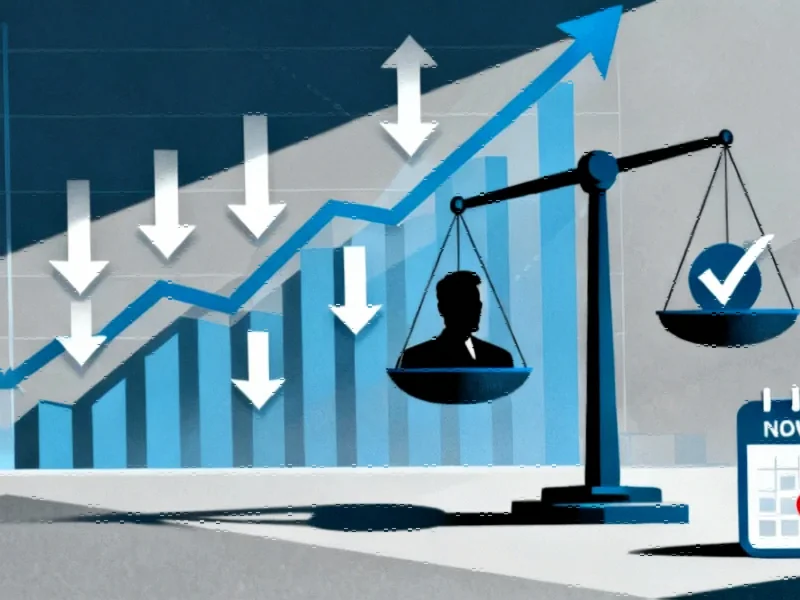According to Eurogamer.net, Nintendo’s recent financial report revealed significant milestones including the Switch 2’s remarkable sales numbers and the original Switch matching Nintendo DS sales to become Nintendo’s joint-best selling console ever. The publisher reconfirmed release dates for five upcoming first-party titles while reaffirming release windows for four more games, directly addressing criticism that the Switch 2 “has no games.” Specific titles mentioned include Hyrule Warriors: Age of Imprisonment releasing this week, Kirby Air Riders, Metroid Prime 4, plus Switch 2 editions of Super Mario Bros. Wonder and Animal Crossing: New Horizons. The report also noted significant third-party delays including Elden Ring for Switch 2 being pushed to an unspecified date.
The Art of Platform Transition Timing
Nintendo’s approach reveals a sophisticated understanding of platform lifecycle management that many competitors fail to master. The staggered release strategy—musou-style Zelda prequel, enhanced ports of proven hits, and long-awaited franchise entries—creates a content rhythm that sustains platform momentum without the feast-or-famine pattern that often plagues new console launches. This isn’t accidental; it’s the result of hard-won lessons from the Wii U era, where sparse first-party support contributed to the platform’s struggles. The inclusion of enhanced editions of existing Switch hits serves dual purposes: it provides immediate content for early adopters while giving developers more time to create truly next-generation experiences that leverage the Switch 2’s upgraded hardware capabilities.
The Third-Party Conundrum
The delayed Elden Ring port speaks volumes about the ongoing challenges Nintendo faces with third-party support. While first-party titles have always been Nintendo’s strength, the Switch 2’s success ultimately depends on attracting sustained third-party development. The hardware gap between Switch 2 and competing platforms creates a porting complexity that many developers are still navigating. This isn’t just about raw power—it’s about architectural differences, development tools maturity, and market size calculations. Nintendo’s solution appears to be strategic partnerships for key titles while relying on their first-party strength to maintain platform momentum during this transitional period.
Building Toward a Sustainable Content Pipeline
Looking beyond the immediate release calendar, Nintendo’s announcements suggest a carefully constructed content roadmap extending through 2025. The mix of established franchises (Metroid Prime 4), experimental titles (Kirby Air Riders), and enhanced ports creates a balanced portfolio that mitigates risk while maximizing engagement. This approach allows Nintendo to maintain consistent quarterly releases without overextending development resources. The strategic timing—with holiday-focused releases and spacing between major franchise entries—demonstrates Nintendo’s understanding that platform success depends as much on content pacing as on individual game quality.
Broader Industry Implications
Nintendo’s strategy represents a counter-trend in an industry increasingly focused on live-service games and subscription models. While Microsoft and Sony emphasize Game Pass and PlayStation Plus, Nintendo continues to demonstrate the enduring power of carefully timed exclusive releases at premium pricing. This approach maintains software value while creating consistent revenue streams. The success or failure of this strategy will influence how other platform holders approach their own transition periods, particularly as Microsoft and Sony prepare their next-generation consoles. Nintendo’s ability to sustain platform momentum through strategic first-party content could become the blueprint for managing console transitions in an increasingly digital marketplace.




